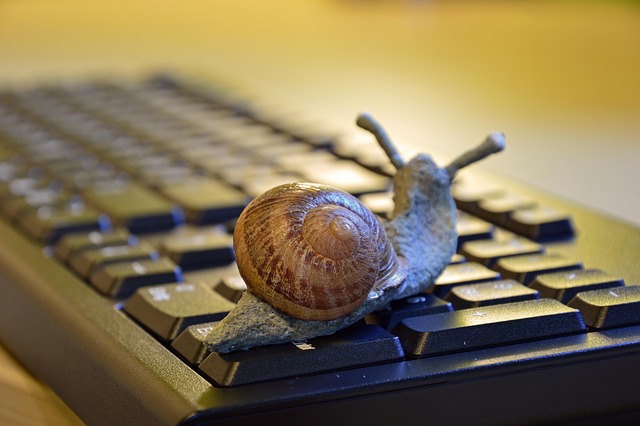Early identification and remediation of mold in retail spaces are critical for maintaining a healthy environment, preventing structural damage, and mitigating health risks for customers and staff. Mold thrives in humid areas with poor ventilation, making regular inspections crucial, especially in bathrooms, kitchens, and regions with water leaks or excess moisture. Signs include visible patches, musty smells, peeling paint, and damp surfaces. Prompt action, including containment and specialized cleaning methods, is essential upon detection to avoid mold spread and associated WHO-recognized indoor air quality issues. Engaging professionals for mold removal ensures effective elimination while minimizing property damage and health risks.
In the world of commercial real estate, addressing mold issues is paramount to maintain healthy environments and protect investments. This article delves into the prevalent mold problems specific to retail spaces, focusing on common areas and telltale signs. We explore the significant impact of mold on both properties and occupants, highlighting potential health risks and reduced space value. Furthermore, practical prevention and remediation strategies are presented for effective mold management in retail environments. Understanding these key aspects is essential for property managers and business owners alike to ensure safe, thriving retail spaces.
- Identifying Mold in Retail Spaces: Common Areas and Signs
- The Impact of Mold on Commercial Properties and Occupants
- Prevention and Remediation Strategies for Effective Mold Management
Identifying Mold in Retail Spaces: Common Areas and Signs

In commercial properties, particularly retail spaces, identifying mold early is crucial for maintaining a healthy and safe environment. Mold thrives in areas with high humidity, poor ventilation, and hidden corners, making retail stores an ideal breeding ground. Common areas prone to mold growth include bathrooms, kitchens, and any space with water leaks or excess moisture. Signs of mold can range from visible black or green patches on walls, ceilings, or floors to musty smells and peeling paint. Discoloration on surfaces, especially when accompanied by a damp sensation, is another telltale sign.
Retail business owners should regularly inspect their spaces, focusing on areas where moisture might accumulate. Ceilings, behind appliances, under sinks, and around windows are hotspots worth examining frequently. Prompt action upon detecting any mold signs is essential to prevent its spread and the health risks associated with it.
The Impact of Mold on Commercial Properties and Occupants

Mold in commercial properties, especially in retail spaces, can have significant impacts on both the structure and the people who occupy them. It’s a pervasive issue that often goes unnoticed until it becomes a major problem. When mold takes hold, it can cause substantial damage to building materials, leading to costly repairs or even structural instability. In retail settings, where aesthetics are paramount, mold growth can mar surfaces, reduce visual appeal, and negatively affect the overall shopping experience.
Beyond physical damage, mold poses serious health risks to occupants. Exposure to mold spores can trigger allergies, respiratory issues, and other health problems, especially for those with existing conditions like asthma or a compromised immune system. In fact, the World Health Organization (WHO) highlights that indoor air quality, including mold presence, is a significant environmental health concern. Therefore, addressing mold in commercial properties, particularly in retail spaces where people gather daily, is crucial to maintaining a healthy environment and ensuring customer well-being.
Prevention and Remediation Strategies for Effective Mold Management

Preventing mold growth is key to maintaining healthy commercial spaces, especially in retail environments where customer satisfaction and well-being are paramount. Regular cleaning and maintenance routines are essential; this includes addressing any water leaks promptly and ensuring proper ventilation throughout the space. A robust inspection program can help identify potential problem areas before mold has a chance to establish itself.
When mold is discovered, prompt remediation is crucial. This involves containing the affected area, removing contaminated materials, and using appropriate cleaning methods to kill existing spores. It’s recommended to engage specialized professionals for complex or extensive mold issues due to their expertise in safe removal practices and restoration techniques. This ensures that mold is eliminated effectively while minimizing further damage to the property and the health of occupants.
